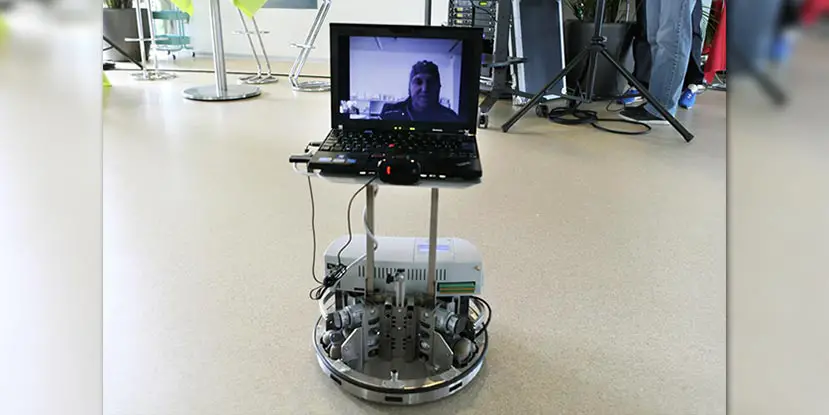Having a family member with a disability, I’ve become acutely aware of some of the challenges and struggles they face on a daily basis. I’m fortunate that my mom’s disability is not as severe as some, but she still has to work extra hard to move around. However new research may prove to make things easier for those with severe disabilities.
Tools for Brain-Computer Interaction is a European research project that began back in 2008. As part of the research project, a team of researchers at the Defitech Foundation Chair in Brain-Machine Interface (CNBI), headed by José del R. Millán, has been working on a revolutionary brain-machine approach in order to restore a sense of independence to the disabled. The project revolves around remotely controlling a robot with one’s thoughts. The research involved numerous subjects located in different countries, and produce stunning results.
The study included nine disabled people and ten healthy people from Italy, Germany, and Switzerland. Each of the subjects wore an electrode-studded hat capable of analyzing their brain signals. The subjects instructed the robot to move, transmitting the instructions in real time through the internet from their home country.
Making use of its video camera, screen and wheels, the robot, located in a laboratory of Ecole polytechnique fédérale de Lausanne (EPFL, Switzerland), was able to film while it moved, displaying the face of the remote pilot via Skype. The subjects were able to interact with whoever and what ever the robot came across.
Said Professor Millán:
Each of the 9 subjects with disabilities managed to remotely control the robot with ease after less than 10 days of training.
The brain-machine interface developed by the researchers goes even further than remote piloting. The pilot can take a break from instructing the robot, to help battle fatigue. If the robot stops receiving instructions, it will continue on its indicated path until it receives orders to stop. This allows the pilot and robot to share control, enabling the pilot to rest when needed. Ultimately, the researched showed no difference in the piloting abilities of the healthy subjects vs. disabled subjects.
According to Professor Millán, it is too soon to say if robots will become a daily part of the lives of disabled people. He thinks the biggest roadblock will be getting insurance companies to pay for these kinds of technologies.
Would love to hear your thoughts on this kind of technology. Sound off in the comments below or on our social media links.
[button link=”http://www.eurekalert.org/pub_releases/2015-06/epfd-dpp062315.phpSOURCELINK” icon=”fa-external-link” side=”left” target=”blank” color=”285b5e” textcolor=”ffffff”]Source: EurekAlert[/button]Photo credit: Alain Herzog/EPFL
Last Updated on November 27, 2018.










